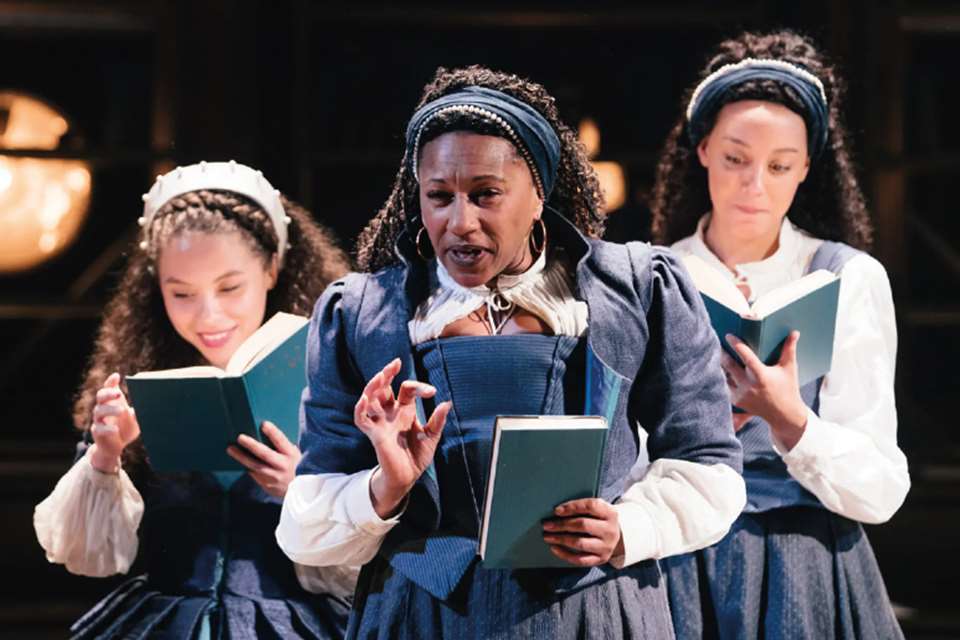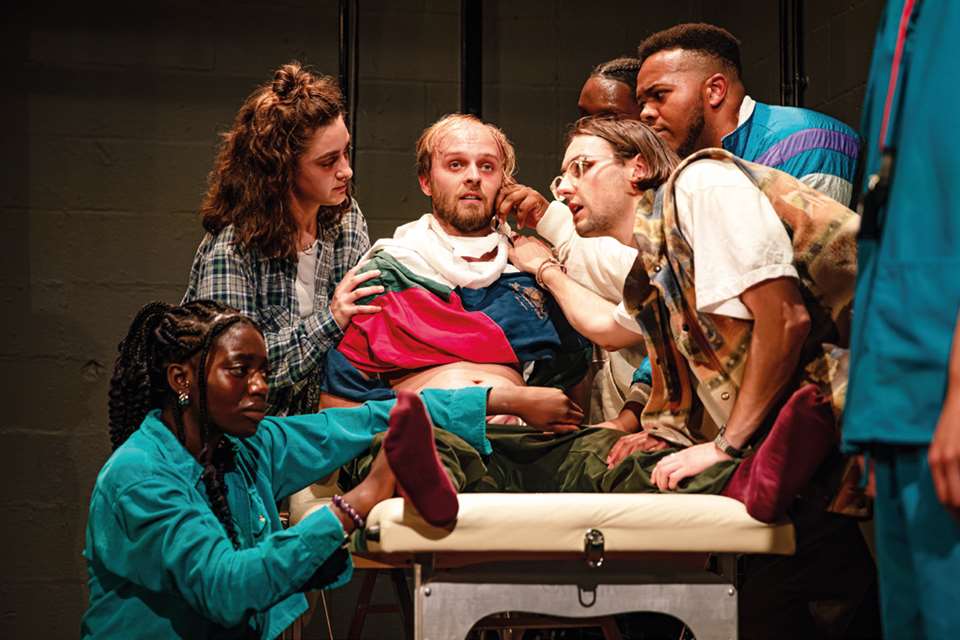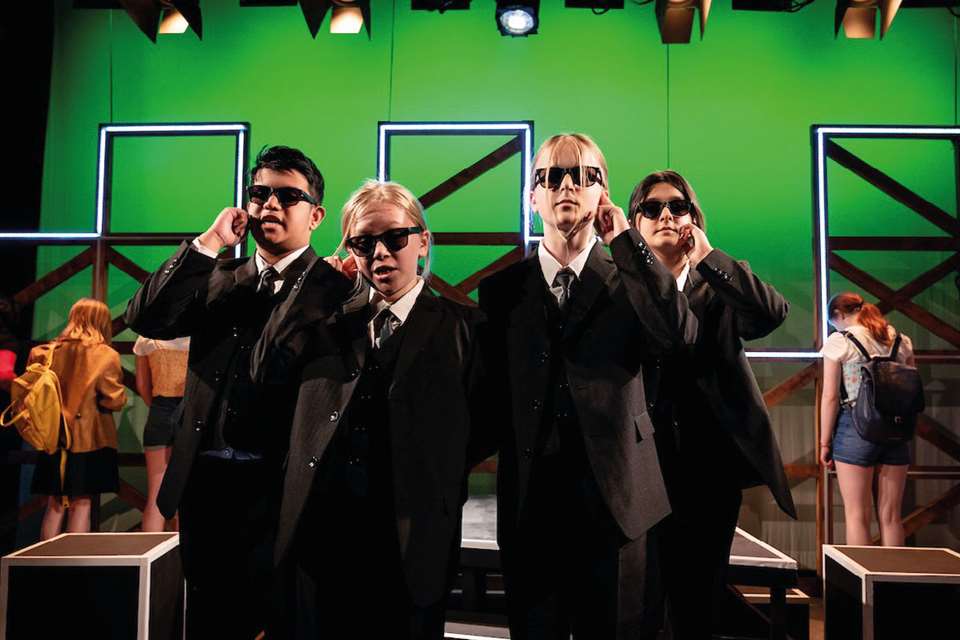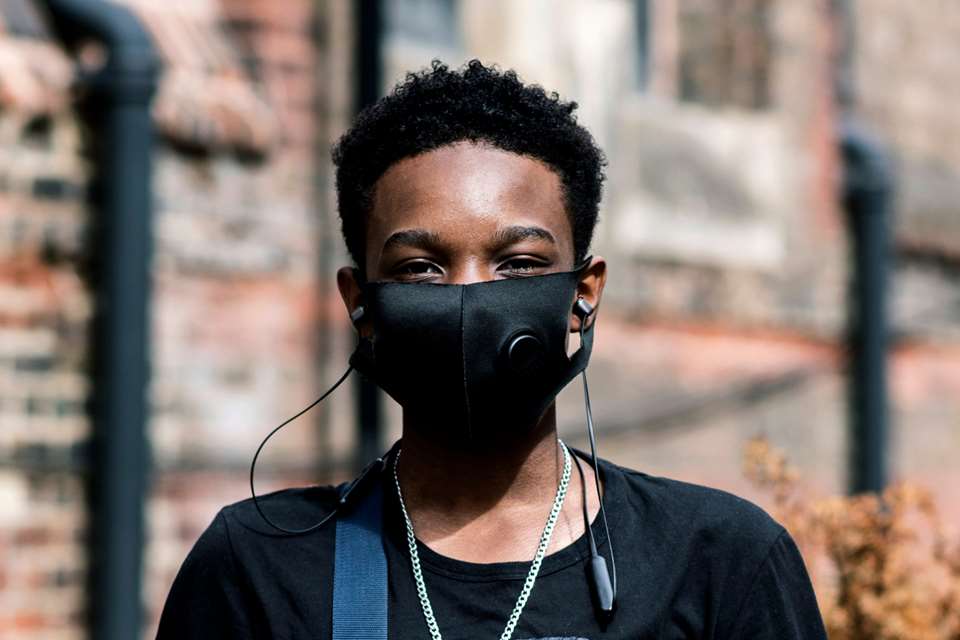Animal Farm: Play for performance
Donna Steele
Friday, March 1, 2024
In each issue of D&T we bring you a page-to-stage focus on a play for performance with your students, written by someone who has directed it themselves. Here, Donna Steele introduces Orwell's famous Animal Farm

Adobe Stock/ Shaineast
Peter Hall's adaptation of George Orwell's allegorical novel was first staged at the National Theatre in 1984. Featured on GCSE English exam specifications, it also offers GCSE and A Level Drama pupils lots of potential for scripted performances as well as an excellent option that sits between a play and full scale musical.
The play starts with a schoolboy sitting down to read the novel by a toy farmyard. As he reads, the farmyard comes to life. The dialogue is accompanied by music by Richard Peaslee and lyrics by Adrian Mitchell. What starts as a cheery score transforms into something increasingly jarring and menacing.
This is a play that offers opportunities for singing, dancing and physical theatre and while the cast list recommends 10 male and six female roles there is lots of potential to add ensemble work to increase cast size as well as undoing some of the multi-rolling suggestions.
Plot
Set at Manor Farm, the animals live under the cruel hand of alcoholic farmer Mr Jones. Old Major (a boar) speaks of revolution and in the wake of his death the animals of the farm overthrow the farmer to become their own masters. Establishing a system titled ‘Animalism,’ where, ‘all animals are equal,’ they are able to live a freer life…for now. It doesn't take long for the pigs of the farm to promote themselves to positions of leadership. Snowball wants to modernise the farm, Napoleon wants supreme power of the farm with Squealer as his right hand pig. The other animals suffer at the leadership of the pigs just as they had suffered under Mr Jones. In a frightening final scene, the pigs invite the farmers from the surrounding farms to a dinner party where they play cards and drink whiskey together. The animals looking in on the scene can no longer distinguish between the two.
Character
The play has an extensive character list which provides pupils with lots of main roles as well as lead ensemble positions. The three pigs Napoleon, Snowball and Squealer lead the animal characters supported by the strong cart horse Boxer, Clover and pretty pony Mollie. There are smaller roles in Benjamin the long-lived donkey, Muriel the goat and Moses the raven who preaches about a far-offland called Sugar Candy Mountain. There are minimal human characters in the text just that of Mr Jones, Mr Frederick and Mr Pilkington; all farmers. You can easily expand an ensemble of farmyard animals and there are plenty of choral moments to give speaking roles to many.
Theme
With each character representing a figure from the Russian Revolution, Animal farm allegorizes the early years of the Soviet Union and the 1917 Revolution. Animalism is really Communism and Manor Farm is really Russia. Old Major stands for Karl Marx while Napoleon stands for Stalin. Exploring power and control, equality and inequality as well as social class.
Style
The play leans heavily into a Brechtian style not least of all because of the clear political messages the play carries. The music is less about show tunes and much more about packing a punch with the message in the lyrics. There are lots of multi-roling opportunities and the use of narration frames the storytelling. Characterisation is something to consider. Yes, the majority of the characters are animals but I believe the human parallels should always be on show. Having staged this production a number of years ago I encouraged the physicality of the animals but putting all actors on crutches to create the front legs of the animals. When put at different heights and held at different angles the stances were incredibly effective. Combine this with suggestions of ears and tails the human figure was still very much a part of each character.
Production
The action of the play takes place on a farm. The setting of this can be really quite minimal: hay bales, pallets, fences, the skeletal structure of a barn, an old bath tub. All of these can then be moved with ease to create different formations and atmospheres. Perhaps the biggest demand of the production is the building (and subsequent blowing up) of a windmill. As this happens during one of the songs it needs to happen live on stage. I achieved this through a combination of wooden pallets, long poles into a pallet base and an additional pole with sails on. With some well-timed ensemble movement, it can easily be exploded.
The music does not require a large orchestra and there is even potential for actor-musicians if you had them. I used Sixth Form pupils to direct the music and to lead a small band which was more than adequate and in keeping with the style of the play in an animal pen orchestra pit.








